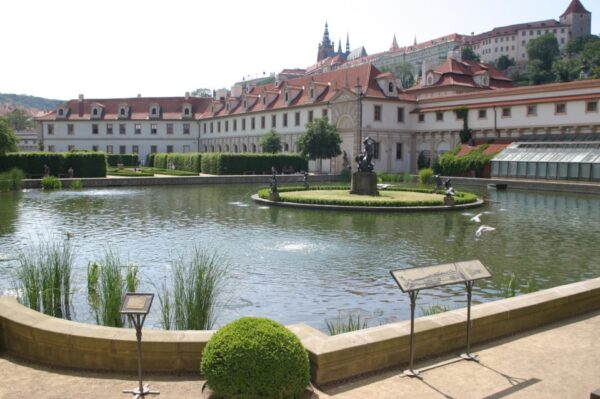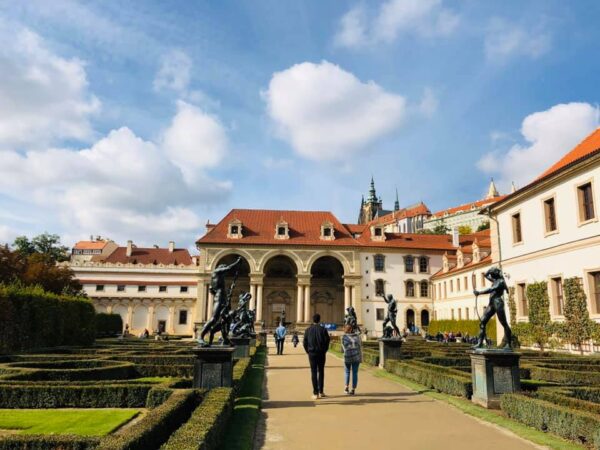Wallenstein Palace
Wallenstein Palace is a real architectural jewel of the Czech capital that deserves both a mention and a visit. Heading inland to the northwest and after we cross the wonderful Vojanovy sady (Vojanovy Gardens) we’ll come across the enormous Wallenstein Palace (Valdštejnský Palác).
The Early Baroque Palace, the first monumental building of its style in Prague, was built between 1624 & 1630 by Italian architects & artisans on behalf of the extremely ambitious military leader, politician & nobleman Albrecht von Wallenstein. Member of a poor branch of his noble family, Wallenstein clawed his way to the top when he associated himself with the cause of the Catholics and the Habsburg dynasty during the Thirty Years’ War.
Albrecht von Wallenstein acquired his enormous property by purchasing the confiscated property of the rebel Czech Estates and he strengthened his position through his second marriage to Isabella Katharina, daughter of a high-ranking Count.
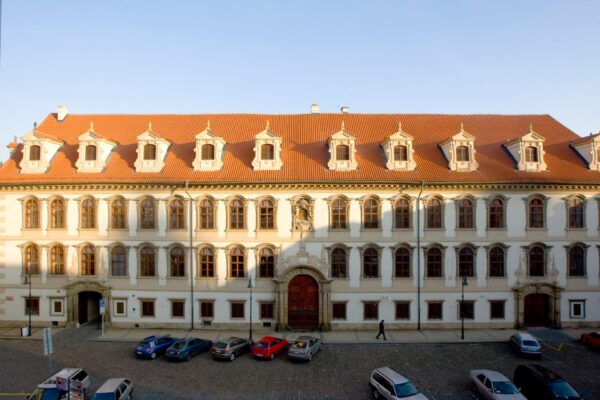
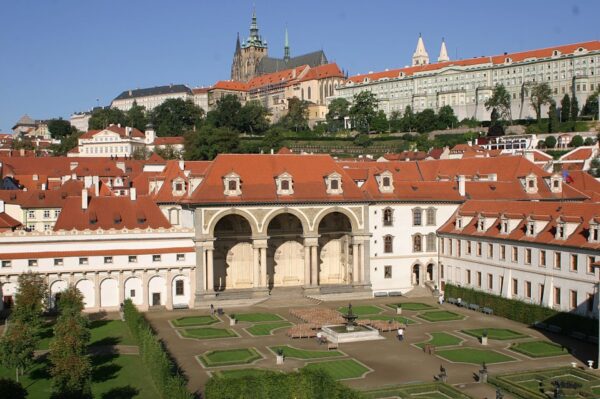
25 houses, six gardens, two brickworks, and even a town gate, the Písecká that stood there since 1257, were razed to make way for a building second only to Prague Castle. Alas, Wallenstein fell victim to his ambition and in 1634, only 12 months after he first entered his bigger-than-life palace, was killed on Emperor’s orders with charges of high treason.
Today this grandiose amalgam of Mannerism and Early Baroque styles is the seat of the Senate of the Czech Republic. However, its most impressive reception halls on Saturdays & Sundays are open and free of admission for the public.
A visit is advisable even just to admire the exquisite, 10 meters high and 288 meters long Main Hall decorated by a fresco painting by Baccio del Bianca representing Wallenstein as Mars, the god of war, riding a triumphal chariot, characteristic of Wallenstein’s vanity.
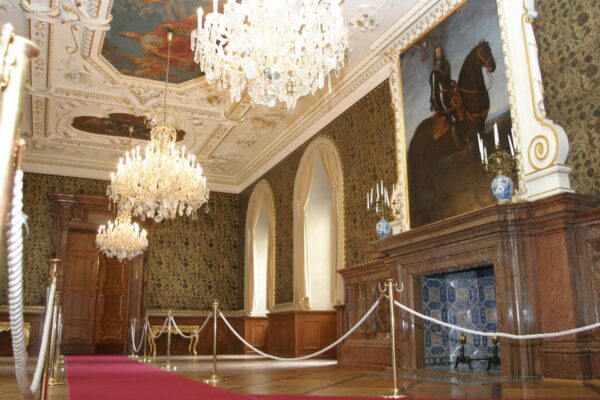
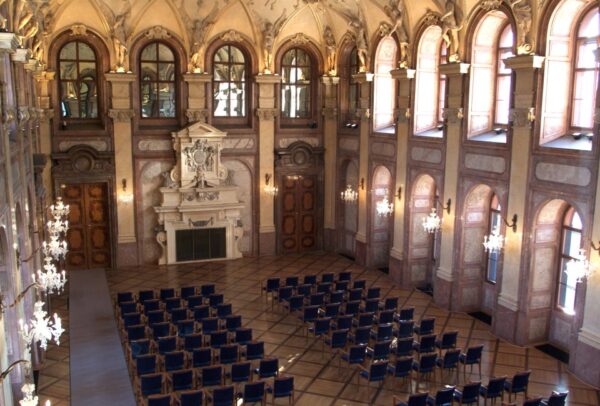
As glorious and equally famous as the palace, the garden, created at the same time as the palace (before 1630) can bewitch you with its harmonious Italianesque style. Inspired by Greek mythology bronze statues, fountains, and an artificial stalactite cave (Grotta) are just a few of the highlights.
Decorated with frescoes and stuccoes by Baccio Bianco with themes from the Trojan War, an artificial pond with an islet, used for boat rides. The Wallenstein garden is open for visitors and free of charge from April to October. It is closed from November to March.
